TEPCO Updates on Fukushima Daiichi Conditions (with video)
Special ANS Friday Matinee edition by Will Davis
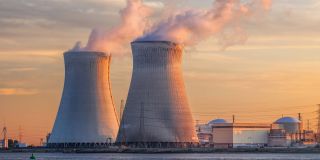
A message from Goodway
Dry Ice Blasting: A Game-Changer for Safe Cleaning and Decontamination in Nuclear Power Plants
Special ANS Friday Matinee edition by Will Davis
Today's Friday Nuclear Matinee video of climate policy expert Michael Shellenberger comes to us from TED.com. "We're not in a clean energy revolution; we're in a clean energy crisis," says climate policy expert Michael Shellenberger. His surprising solution: nuclear. In this passionate talk, he explains why it's time to overcome longstanding fears of the technology, and why he and other environmentalists believe it's past time to embrace nuclear as a viable and desirable source of clean power. Enjoy the 14 minute video.
It's time for the Friday Nuclear Matinee. Today we feature an interview with ANS member Meredith Angwin. Meredith was a guest on the Pat McDonald show: Vote for Vermont. The interview included the following topics:
As was reported here last week, Kagoshima Prefecture (Japan) Governor Satoshi Mitazono, who was elected to this office in July after running on a solidly anti-nuclear-energy ticket, made a formal request to Kyushu Electric Power on August 26. Further significant events have now transpired.
https://www.youtube.com/watch?v=z3V_hr7GkYk
This week on the Friday Nuclear Matinee we have a short double feature! Up first is a time lapse video from Georgia Power showing last weekend's movement of the million-pound CA20 module from the MAB or Modular Assembly Building and the module's emplacement at Vogtle Unit 4. This is the heaviest lift conducted in 2016; the Unit 3 CA20 module was placed prior to this year.
by Rosalind Reischer
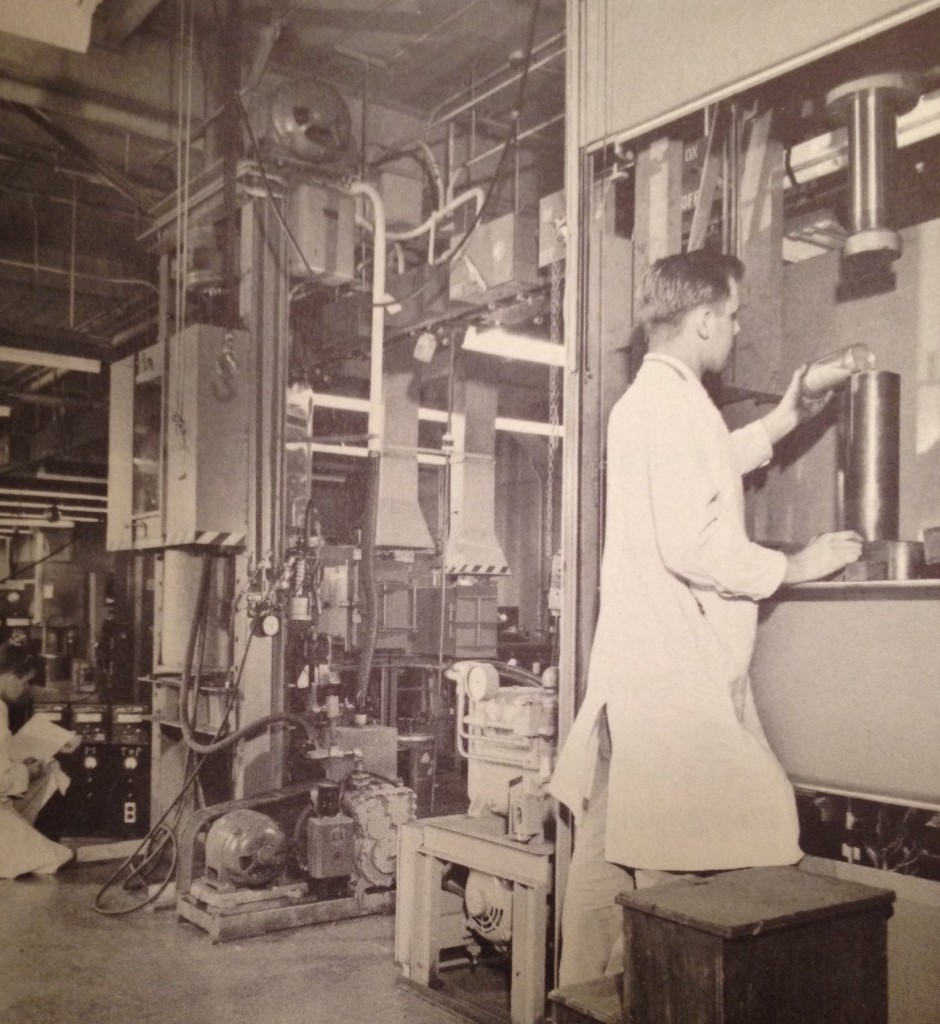
Powder Metallurgy Facility, Sylvania-Corning Nuclear Corporation, Bayside, N.Y. From Will Davis' collection.
The era of the "first nuclear build" in the United States (from the Manhattan Project of the Second World War at the earliest, through the final commercial plant orders in 1978) was by nature one of nearly continuous "firsts" in its opening decades, as nuclear energy moved from being a thought to a possibility to a reality and took on many forms and nuances.
by Arthur T. Motta
https://www.youtube.com/watch?v=KbxHk7go7UU
Watch today's Friday Nuclear Matinee: A discussion regarding the big decision in NY on Monday, August 1, 2016 allowing nuclear to qualify for subsidies.
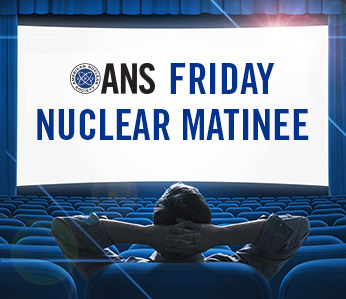
Our feature this week is the very latest update from Georgia Power on the construction of the brand new nuclear units at Plant Vogtle. Some excellent aerial views are given of the plant, including down into the reactor building of Unit 3. Don't miss this important update!
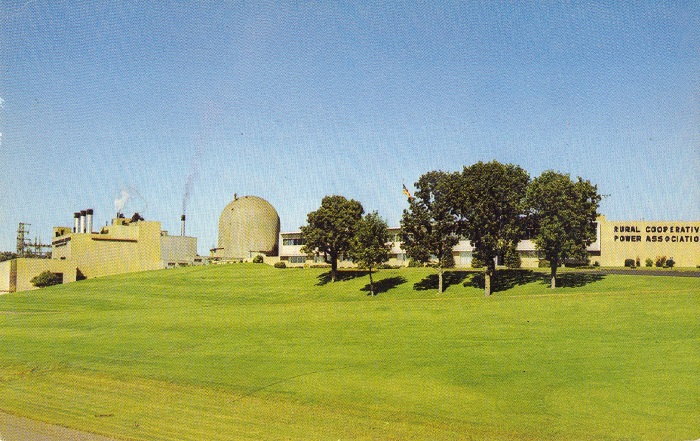
Elk River Generating Station, Rural Cooperative Power Association, Elk River, Minnesota.
The Elk River reactor, as it was generally known in the AEC parlance of the day, was a pioneering effort in America's nuclear energy history. Hailed widely as "Rural America's first atomic power plant," the intention was to provide a pilot installation of a small, simple, and inexpensive nuclear steam supply system that could be duplicated at many far flung locations. Unfortunately for the concept, the Elk River plant in the end proved unable to meet the task for technical reasons; yet, it remains firmly in history as one of the well known early nuclear energy installations. What follows is a brief history of the project and its major players.
by Andrew Reimers
On Wednesday, ANS Nuclear Cafe published a piece on Small Modular Reactors. Today, we present a short video covering some of the progress on Argentina's CAREM SMR, which was featured some time ago right here on this blog when the project to build it was launched.
In recent years the allure of small, flexible, easy to construct and operate nuclear plants incorporating small modular reactors (SMR) have continued to grow for a host of reasons. Here in the United States, we've watched the saga of the SMR unfold fairly slowly over the last few years, as companies have entered the fray to various levels of success and have achieved varied degrees of progress.* Now, the latest large step in getting these small and versatile reactors into the worldwide commercial market has been taken - by an effort involving Saudi Arabia and South Korea.
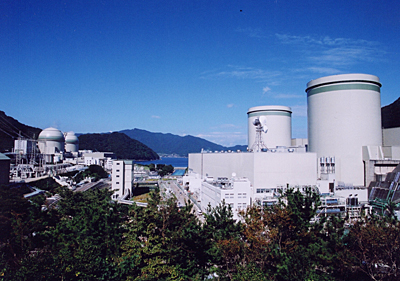
Kansai Electric Power's Takahama Nuclear Generating Station. Unit 1 and 2 are on the right; Units 3 and 4 are in the background on the left. Courtesy Kansai Electric Power.
On July 12, the Otsu District Court in Japan made a significant decision regarding the future of Kansai Electric Power's Takahama nuclear station when it upheld a previous lower court injunction against the operation of Units 3 and 4 at that site. The district court had received a petition from just over two dozen intervenors in Shiga Prefecture earlier this year; legal wrangling ensued, with Kansai Electric filing an objection which ultimately today appears to have fallen on deaf ears. As it now stands, there is a provisional injunction against the startup of these two plants.
by Will Davis; information for this report obtained both from the 2016 ANS Annual Meeting session on Prototype Gen-IV Reactors and from representatives of the Korea Atomic Energy Research Institute (KAERI), its subsidiary Sodium-cooled Fast Reactor Development Agency (SFRA), KEPCO Engineering & Construction,+ and Argonne National Laboratory.
Opinion by Will Davis for ANS Nuclear Cafe.
by J.H. Stewart Melville III